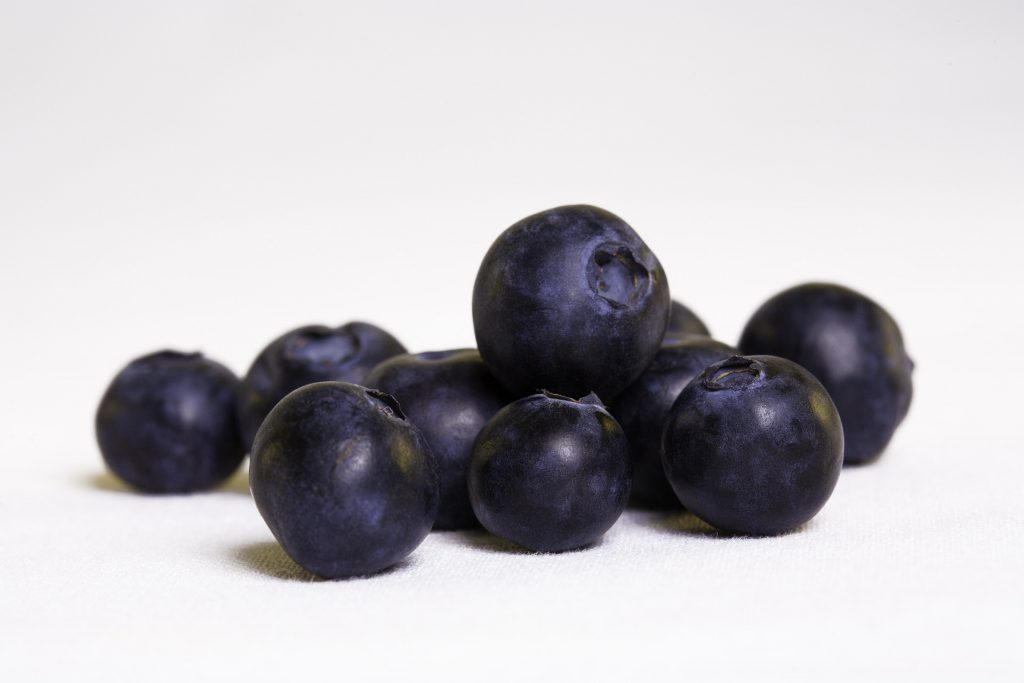 Polyphenols are a group of phytochemicals whose structure is based on multiple phenolic rings. Polyphenols have been extensively researched for their health effects in humans. The main protective effect may come from the ability of polyphenols to act as antioxidants in humans and animals tissue, and this may explain their ability to protect tissues from disease whereby oxidative stress is a factor. As oxidative stress is able to negatively affect brain tissue and thus cause aberrations in brain chemistry, this may be one mechanism which may explain their protective effects on memory and mood. However, some evidence suggests that certain polyphenols can interact with the cannabinoid system in mammals, and some polyphenols may act as phytocannabinoids. The cannabinoid system comprises of endogenously produce cannabinoids, receptors (designated CB1 and CB2) and the metabolising enzyme fatty acid amide hydrolase (FAAH). It is this system that recognises the cannabinoids in Cannabis sativa.
Polyphenols are a group of phytochemicals whose structure is based on multiple phenolic rings. Polyphenols have been extensively researched for their health effects in humans. The main protective effect may come from the ability of polyphenols to act as antioxidants in humans and animals tissue, and this may explain their ability to protect tissues from disease whereby oxidative stress is a factor. As oxidative stress is able to negatively affect brain tissue and thus cause aberrations in brain chemistry, this may be one mechanism which may explain their protective effects on memory and mood. However, some evidence suggests that certain polyphenols can interact with the cannabinoid system in mammals, and some polyphenols may act as phytocannabinoids. The cannabinoid system comprises of endogenously produce cannabinoids, receptors (designated CB1 and CB2) and the metabolising enzyme fatty acid amide hydrolase (FAAH). It is this system that recognises the cannabinoids in Cannabis sativa.
One group of polyphenols that might interact with the cannabinoid system are the flavonoids. Catechins from tea are one group of flavonoids that might bind to the CB1 receptor, although the affinity might be low. Also the anthocyanin group of chemicals may also bind to the cannabinoid receptors. Both delphinidin and cyanidin, anthocyanins found in berries and other fruit have been shown to bind to the CB1 and CB2 receptors. However it is unclear if these effects are actual receptor activation or simply non-specific protein binding. This is highlighted by the case of trans-resveratrol from red wine and curcumin from turmeric. These polyphenols have been shown to bind to the CB1 receptor in mice. However, the study that observed these result was later retracted, as it was unclear if the results were real or due to contamination of the extracts with other chemicals. Therefore although polyphenols might interact directly with the CB1 and CB2 receptors, the effects are likely weak and may constitute non-specific protein binding.

Polyphenols may interact with the cannabinoid system in humans and animals. Firstly some polyphenols may interact directly with the CB1 and CB2 receptors. These receptors when activated can increase the production of endogenous cannabinoids such as anandamide. Secondly certain polyphenols belonging to the flavonoid subclass, may inhibit the breakdown of anandamide through inhibition of the fatty acid amide hydrolase (FAAH) enzyme. However, the effects may be only very weak, and this area of research is quite limited. However, what is more clear is that certain polyphenols do have anti-anxiety effects in animals and humans, and although the mechanism of these effects is not fully understood, this does not mean that the polyphenols cannot be utilised as an adjunct treatment for mild anxiety. Berries are a good source of the anthocyanins that might inhibit fatty acid amide hydrolase.
However, this does not mean that polyphenols do not interact with the cannabinoid system. Rather than directly activating the cannabinoid receptors, certain polyphenols may inhibit their metabolism. For example, certain flavonoids may inhibit fatty acid amide hydrolase. This enzyme is responsible for the breakdown of cannabinoids and by inhibiting the enzyme the flavonoids can increase endogenous levels of cannabinoids indirectly. The isoflavone genistein, the flavonol kaempferol and the flavones 7-hydroxyflavone and 3,7-hydroxyflavone have all been shown to inhibit the hydrolysis of the endogenous cannabinoid anandamide in a concentration dependent manner. Of the flavonoids, the flavonoes appeared to be the most efficient in this inhibition. Therefore there is some evidence that one of the possible mechanisms of action whereby polyphenols can improve mood and reduce anxiety is through an interaction with the cannabinoid system. However, this mechanism needs further research.
Eat Well, Stay Healthy, Protect Yourself
RdB
